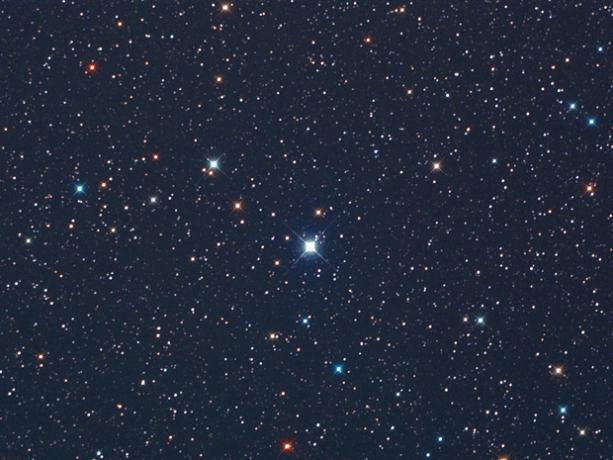At night, the sky is full of tiny dots that seem to be glowing. These spots are only visible when the night sky is clear and if there are no clouds.
Some of the points are stars while others are planets. But how is it possible for someone to look at them and differentiate based on how they look and behave?
Index
- Star
- Planet
- Appearance
- Movement
- Other Methods
Star

The first difference between the two bodies is obviously their definition. A star is a celestial body that produces its own light due to a reaction at its core.
Planet

A planet is a celestial body that has a fixed course, also known as an orbit. Orbit is the path that allows the planet to move around a star. The largest planet in our solar system is Jupiter, while the smallest is Mercury. There are eight planets in total, with some dwarf planets already discovered.
Appearance
- Free Online Inclusive Education Course
- Free Online Toy Library and Learning Course
- Free Online Math Games Course in Early Childhood Education
- Free Online Pedagogical Cultural Workshops Course
The first and most visible differences between the two can be seen by looking at whether the body is flickering. Stars are constantly twinkling, while planets are not. Viewed through a telescope, the stars appear to tremble at the edges.

Looking at relative brightness is another technique that can be used to differentiate the two. Planets are typically brighter than stars. The reason for the different brightness is because of the reflection of sunlight while the stars emit their own light.
As for shape, stars appear with a dot, while planets appear spherical. Stars are also generally larger than planets. Due to the nuclear reactions that produce thermal energy in the cores of stars, stars are much hotter than planets.
Movement
Another visible difference is whether the body is moving or not. All celestial bodies move, this is a known fact. However, stars and planets move in different ways.
A planet moves across the night sky while observing the rules followed by the sun. Therefore, a celestial body that appears to move in a straight line is more likely to be a planet.
Stars move in a circular pattern. Sometimes you can mistake planes and satellites for stars or planets, but these move faster.
Other Methods
Other methods include looking at the color of different bodies using font guides and graphics. reliable, using telescopes or binoculars and visiting dark skies to improve visibility.
When trying to look at the bodies, you should also make sure that factors that limit visibility are reduced.
The password has been sent to your email.
